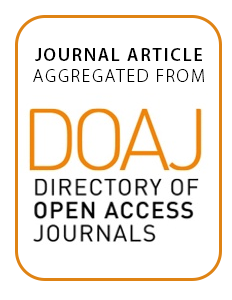Resource information
Haliç (The Golden Horn) is a mythical place that belongs not only to the history of Istanbul but to the whole of Europe. At Haliç land and sea merge: the natural harbour of ancient Constantinople, home to the naval arsenal and place of delights, it saw its natural and urban state change completely in the final phases of the Ottoman Empire. Its recent history has been marked by a process of intense industrialization, developing uncontrollably on its banks between the 19th and 20th centuries. Its importance as a production centre -the country’s most important industrial area – grew in time in parallel with pollution levels in the surrounding environment. The climax of this process of transformation took place in the first decades after World War II when, due to heavy industrial pollution and the saturation of coastal spaces, Haliç became the productive heart but also the most run-down and densely populated urban area of the city. The history of the subsequent redevelopment of Haliç is fairly well known, having been the subject of numerous essays describing its socio-economic, cultural and political development. Less attention, despite the many publications on the subject, has been devoted to the analysis of this extensive process of de-industrialization and renewal from the point of view of architectural and urban design. The purpose of this essay is to contribute to the debate from this point of view, briefly reconstructing the major changes taking place in the urban landscape and updating the overview of critical reflection on the current urban situation, analyzed through some of the most important interventions carried out in recent years and the changes they induced.



